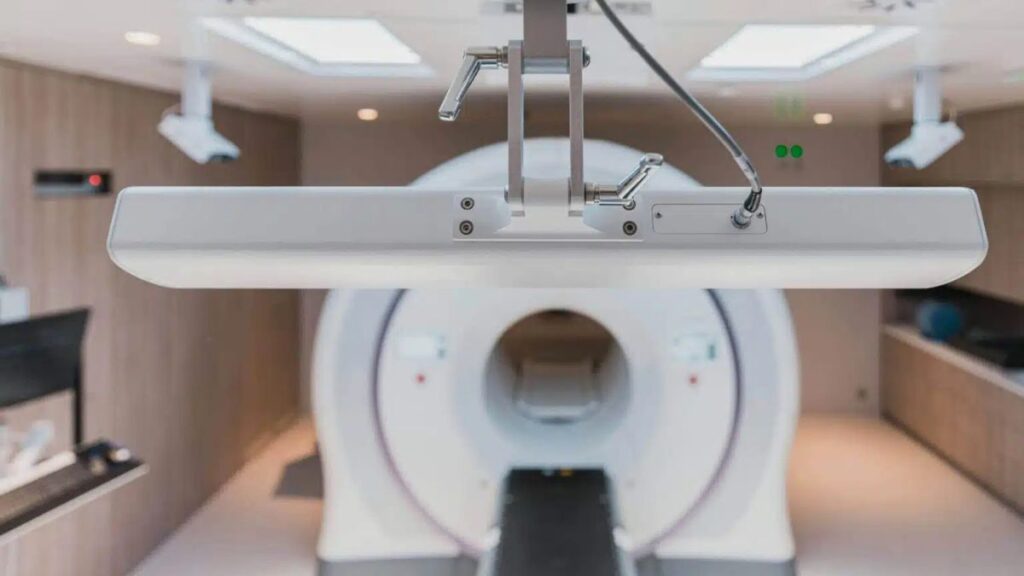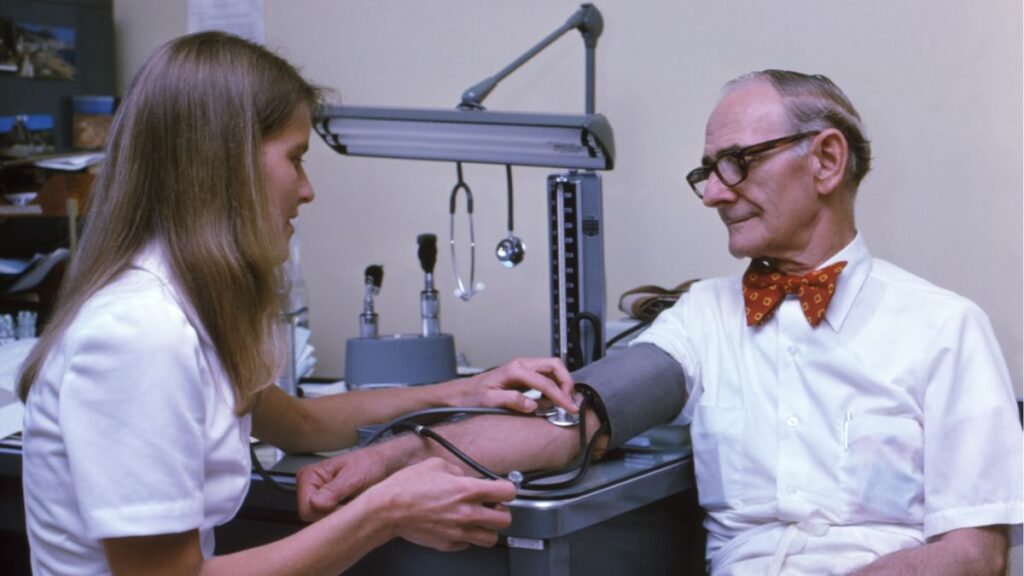Alzheimer’s disease is a progressive neurological disorder that affects memory, thinking, and behavior. Its diagnosis is a complex process that often begins with recognizing the early signs and symptoms, which include memory loss, difficulties with problem-solving, and changes in mood and personality. As Alzheimer’s can mimic other conditions, it’s crucial to undergo a thorough evaluation to obtain an accurate diagnosis. Keep reading to explore the various diagnostic methods used to detect Alzheimer’s disease.
Understanding Alzheimer’s Disease and the Importance of Diagnosis
Alzheimer’s disease is the leading cause of dementia, responsible for most cases worldwide. With longer life expectancies, its prevalence is rising, making early and accurate diagnosis vital. A timely Alzheimer’s test can help patients and families prepare, explore treatment options, and even join clinical trials that may improve outcomes.
The disease is marked by abnormal protein buildups in the brain, disrupting cell function and causing memory loss and cognitive decline. While these changes are difficult to detect, advances in diagnostic tools and biomarkers are bringing researchers closer to earlier, more accessible detection. This is an essential step for individuals, families, and society in managing Alzheimer’s impact.
The Role of Cognitive and Memory Assessments in Detecting Alzheimer’s
Cognitive and memory assessments are essential tools in diagnosing Alzheimer’s, helping evaluate memory, language, attention, and problem-solving abilities. Screeners such as the Mini-Mental State Examination (MMSE) and the Montreal Cognitive Assessment (MoCA) offer quick insights into cognitive health, while more detailed evaluations by neuropsychologists can take several hours.
These tests allow providers to monitor changes over time, aiding in distinguishing Alzheimer’s from other dementias or normal aging. While valuable, cognitive assessments have limitations and are most effective when combined with neurological exams and brain imaging to create a clearer understanding of an individual’s cognitive condition.
Neurological Examinations: Looking for Signs of Alzheimer’s
Neurological examinations play a key role in supporting cognitive assessments during the diagnostic process for Alzheimer’s. These evaluations allow physicians to detect other signs of the disease or rule out conditions with overlapping symptoms. A typical exam includes checking reflexes, muscle tone, strength, sensory function, gait, coordination, speech, vision, and eye movement, all of which provide insight into brain health and neurological pathways.
Such assessments may also reveal conditions like stroke or Parkinson’s disease. In suspected Alzheimer’s cases, doctors may evaluate the patient’s ability to complete daily tasks, such as dressing or managing finances, offering valuable information on how cognitive changes affect daily living.
Advanced Imaging Techniques: MRI and PET Scans Explained

Brain imaging offers valuable insights into the structural and functional changes associated with Alzheimer’s disease. Magnetic resonance imaging (MRI) helps rule out other causes of cognitive decline and highlights brain volume loss linked to Alzheimer’s, while positron emission tomography (PET) shows brain activity and can detect amyloid-beta plaques with specialized tracers.
When combined with clinical evaluations and laboratory tests, these tools enhance diagnostic accuracy and provide a clearer understanding of the disease’s progression. Imaging is also used to monitor treatment effectiveness, but high costs and limited accessibility present challenges in many healthcare settings, making it important to use diverse diagnostic approaches for accurate patient assessment.
Biomarkers and Blood Tests: The Future of Alzheimer’s Diagnostics
Biomarkers are measurable substances that can indicate the presence of diseases like Alzheimer’s. Researchers have identified specific biomarkers in cerebrospinal fluid and, more recently, in blood, offering the potential for less invasive and more cost-effective diagnostic methods.
A breakthrough has been the development of blood tests that measure proteins linked to Alzheimer’s, supporting earlier detection crucial for effective management. While still undergoing validation, these tests may soon play a routine role in identifying individuals at risk or in the early stages of the disease. By combining biomarker research with existing diagnostic tools, healthcare providers can enhance accuracy and deliver more personalized care for patients.
Overall, the diagnosis of Alzheimer’s disease is multifaceted and relies on a combination of tools and tests. Although challenges remain, the evolution of diagnostic techniques, particularly biomarker research, is promising. The advancement in blood tests, alongside traditional methods, will revolutionize how we detect and treat Alzheimer, offering hope for better outcomes for those affected.







